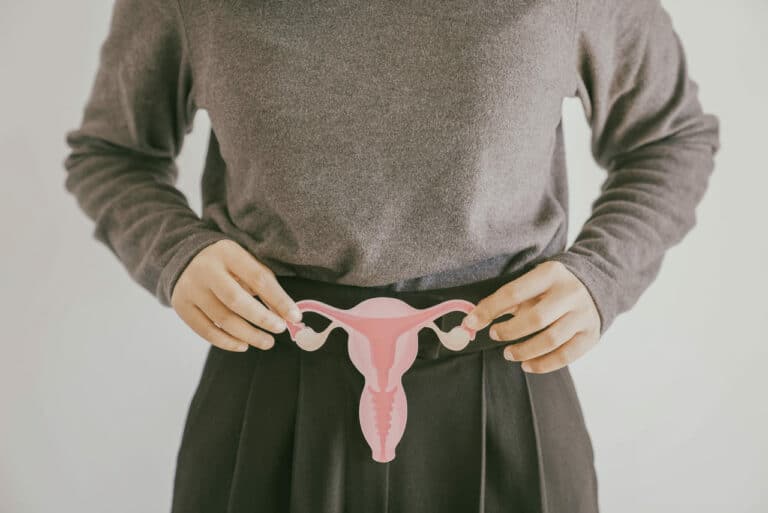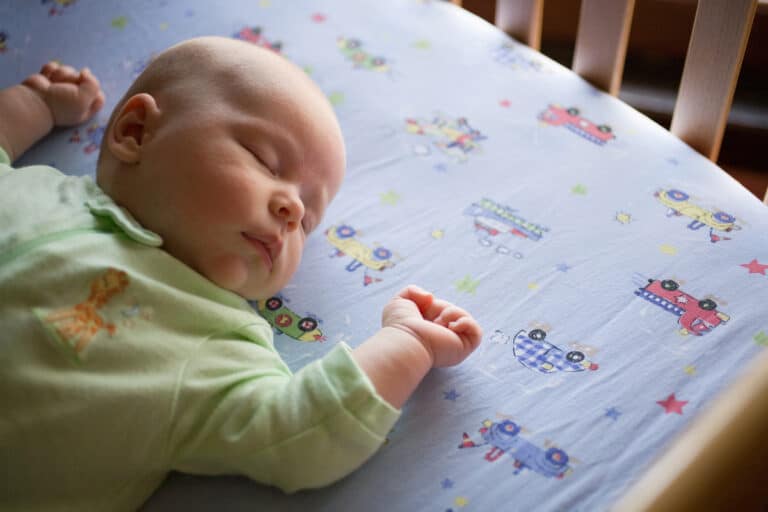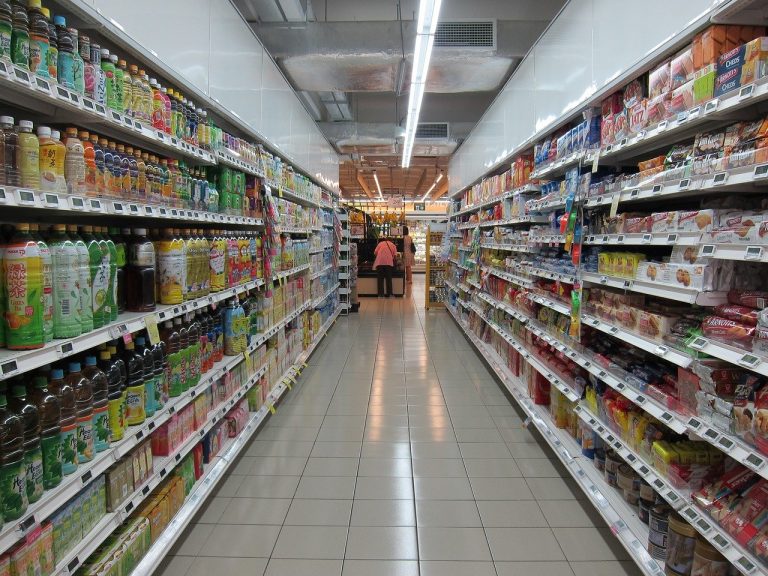Reproduction is the process by which human make their baby like themselves. The primary function of the reproductive system is to keep a species alive. In the human reproductive system, there are two kinds of sex cells. The male gamete which is also known as sperm and the female gamete called the egg or ovum. When the sperm fertilizes an egg, this fertilized egg is called a zygote. Gradually this zygote becomes an embryo and developing into a fetus. Human reproduction occurred by both male and female reproductive system.
What Is the Male Reproductive System?
The male has reproductive organs consist of many parts, such as:
- Testicles
- The duct system
- Seminal vesicles
- Prostate gland
- Penis
The two oval-shaped testicles are the store of millions of tiny sperm cells. Testicles make hormones, including testosterone. Testosterone is the hormone which develops deeper voices, bigger muscles, and also facial body hair. The accessory glands that including the seminal vesicles & the prostate gland that provide fluids that lubricate the duct system and the sperm to nourish them. And the penis which is actually made up of two parts: the shaft & the glans.
How Does the Male Reproductive System Work?
The male reproductive system works as below:
- Makes semen
- Releases semen into the female reproductive system at the time of intercourse
- Produces sex hormones, that help develop into a sexual maturation
What Does The Female Reproductive System Consist of?
The organs of the female reproductive system produce and includes the female sex cells, which is known as egg cells or ova. It provides a favourable environment for the developing fetus which become an embryo. The female internal reproductive organs includes the vagina, uterus, Fallopian tubes, and ovaries.
What are The Main Parts of the Female Reproductive System?
- Vagina.
- Cervix.
- Uterus.
- Fallopian tube.
- Ovaries.
- Vaginitis.
- Bacterial vaginosis.
- Yeast infection.
How Does The Female Reproductive System Function?
The female reproductive system is designed in such a way that carry out several functions. It produces the female egg cells which are necessary for reproduction, called the ova or oocytes. Without ova, women cannot be able to conceive a baby. In other hand the female reproductive system produces female sex hormones such as estrogen that maintain the reproductive cycle. Female reproductive system functions include producing female gametes called eggs. Female Reproductive System functions as: fertilization occurs, giving birth to a baby, and breastfeeding a baby after birth.
How Many Eggs Does a Woman Have?
A woman is born with all her eggs. At birth, Woman has approximately 1 million to 2 million eggs. But at the time of puberty only about 300,000 remains. And only 300 to 400 will be ovulated during a woman’s reproductive lifetime. Fertility can decreases as a woman ages due to decreasing number and quality of the remaining eggs. When the age of a woman thirty-seven, the average twenty-five thousand remaining eggs. One egg develops and is released during each menstrual cycle.
What are the Female Sex Hormones?
Female reproduction could not perform without sex hormones released by the ovaries. These female sex hormones include estrogen and progesterone. Woman having higher levels of estrogen in the body promotes vaginal lubrication and increases sexual desire whereas increases in progesterone can reduce sexual desire.
Female Sex Hormones
Estrogen
Three forms of estrogen in the women: estradiol, estriol, and estrone
Progesterone









![Home Renovation Guide [2025]](/app/uploads/2021/04/design-hacks-1-378x300.jpg)
